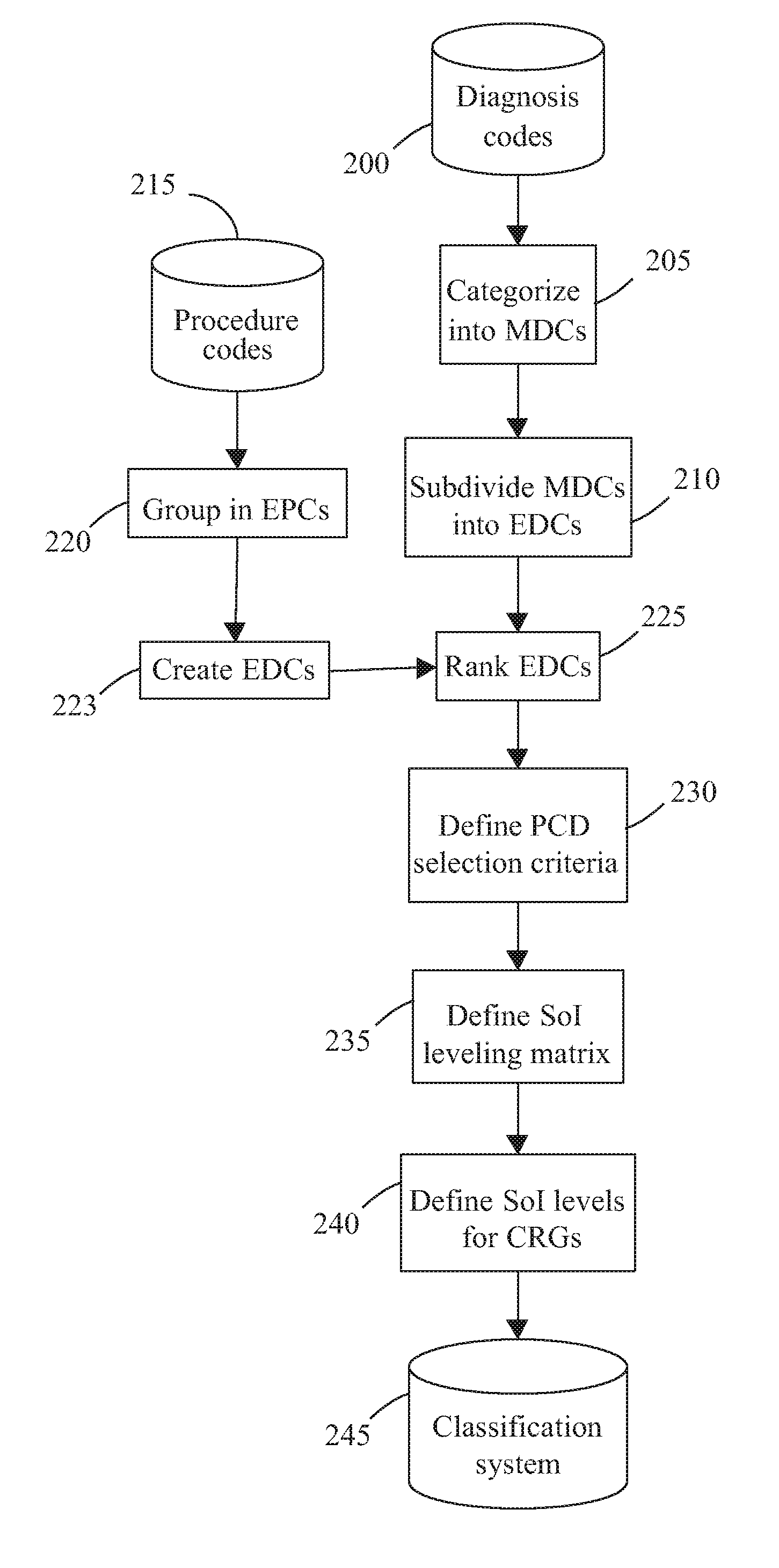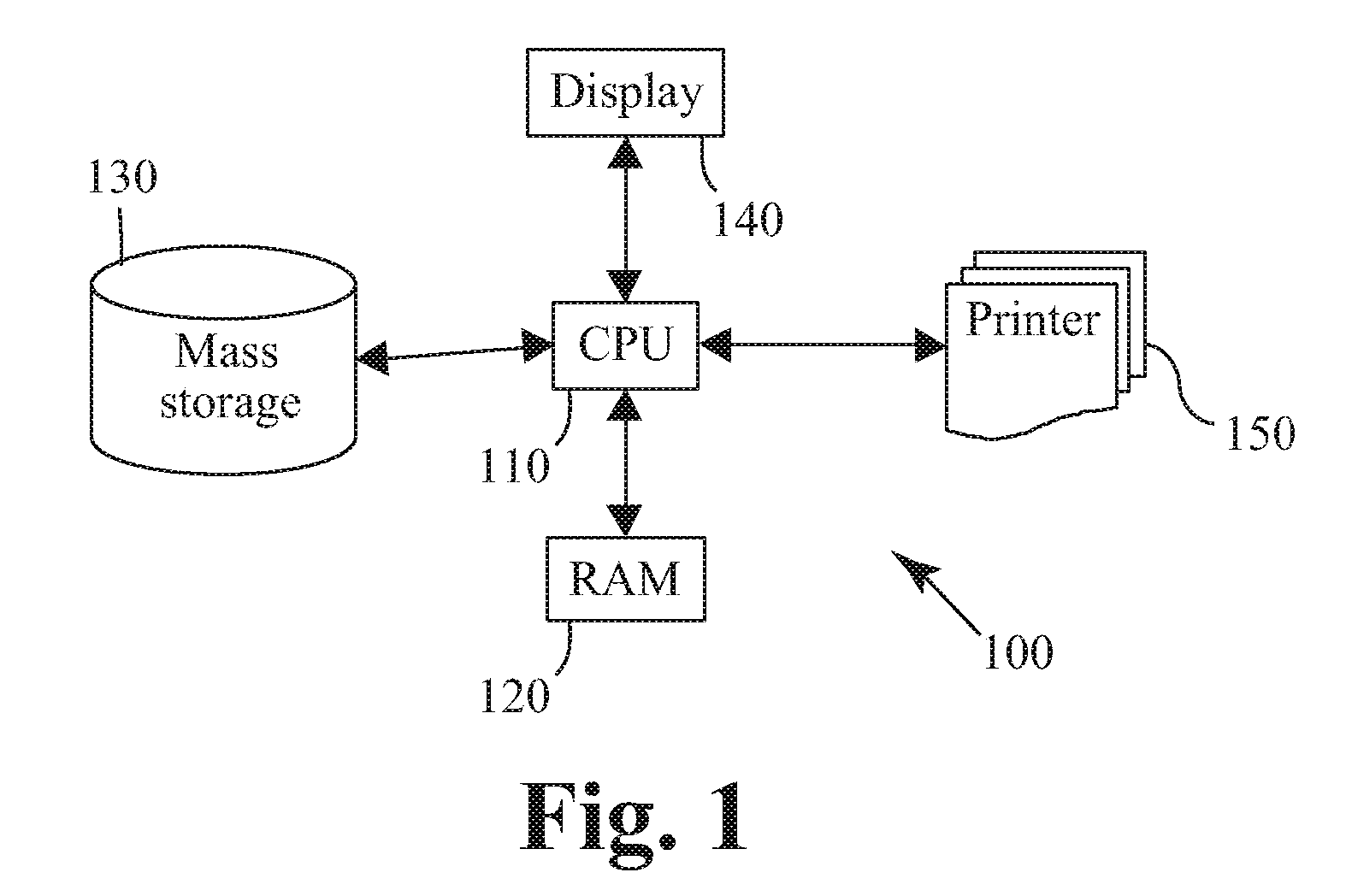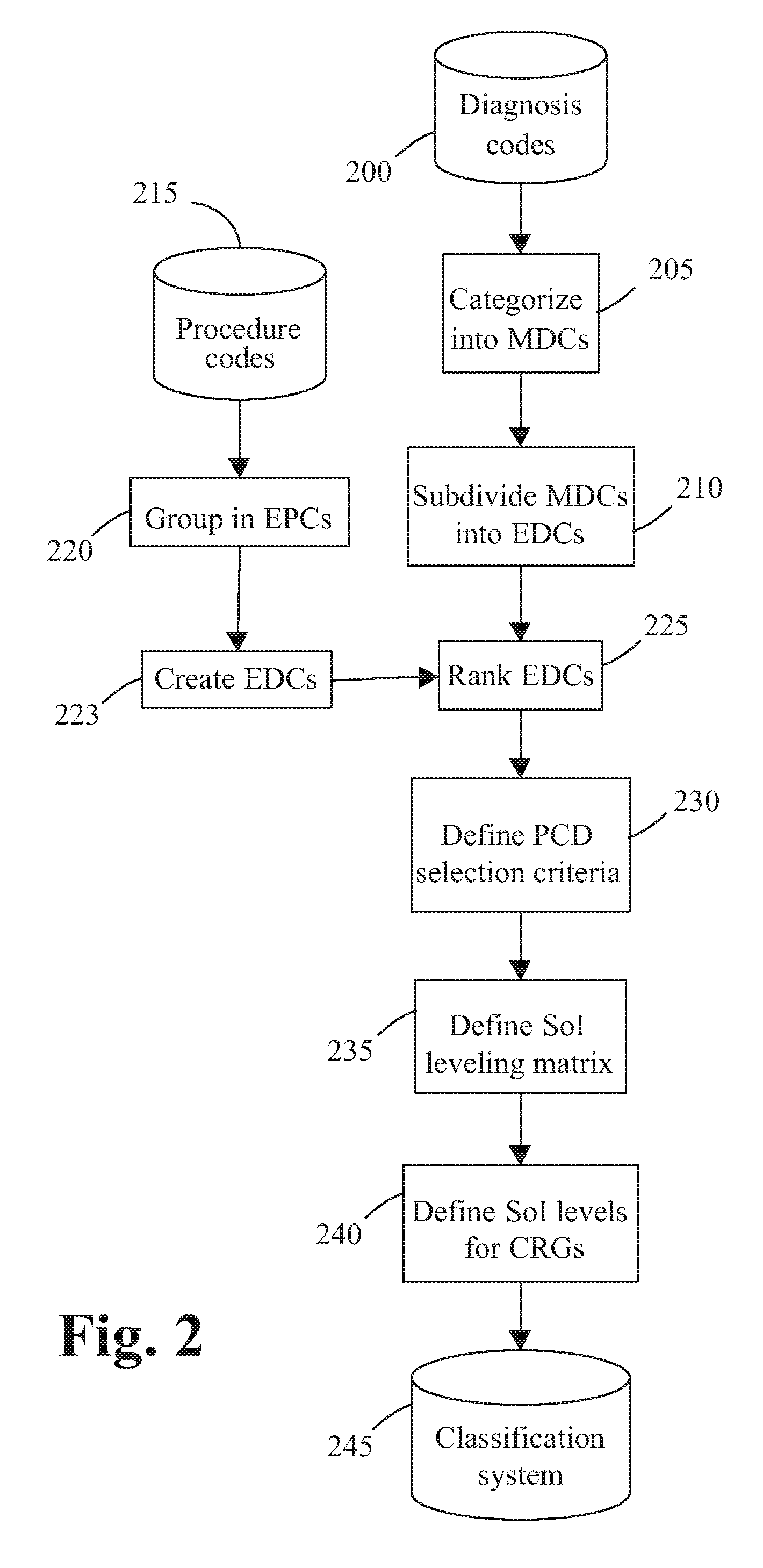Method of grouping and analyzing clinical risks
a risk and clinical risk technology, applied in the field of risk/cost analysis tools, can solve the problems of additive approaches, inability to accurately represent the relationship between ostensibly independent problems, and limited efficacy and utility
- Summary
- Abstract
- Description
- Claims
- Application Information
AI Technical Summary
Benefits of technology
Problems solved by technology
Method used
Image
Examples
Embodiment Construction
[0021] The present invention creates a comprehensive set of risk groups which in particular explicitly identifies groups of individuals with multiple interacting co-morbid conditions, and which explicitly identifies the severity of illness level. This allows accurate prediction of future health care resource needs of an entire population, while simultaneously helping the health care provider isolate problems to identify changes in care to reduce costs and improve quality.
[0022] The present invention starts this process by developing a classification system that rates both the nature and severity of health care requirements, then applies that system to historical information for both individual patients and populations to group them according clinical risks. Each individual will fall into a single, mutually exclusive risk group in the classification system. Each risk group relates the historical clinical and demographic characteristics of the individual to the amount and type of hea...
PUM
 Login to View More
Login to View More Abstract
Description
Claims
Application Information
 Login to View More
Login to View More - R&D
- Intellectual Property
- Life Sciences
- Materials
- Tech Scout
- Unparalleled Data Quality
- Higher Quality Content
- 60% Fewer Hallucinations
Browse by: Latest US Patents, China's latest patents, Technical Efficacy Thesaurus, Application Domain, Technology Topic, Popular Technical Reports.
© 2025 PatSnap. All rights reserved.Legal|Privacy policy|Modern Slavery Act Transparency Statement|Sitemap|About US| Contact US: help@patsnap.com



